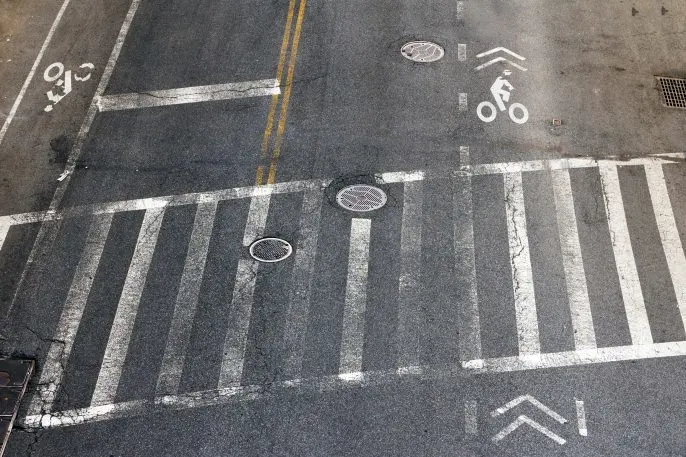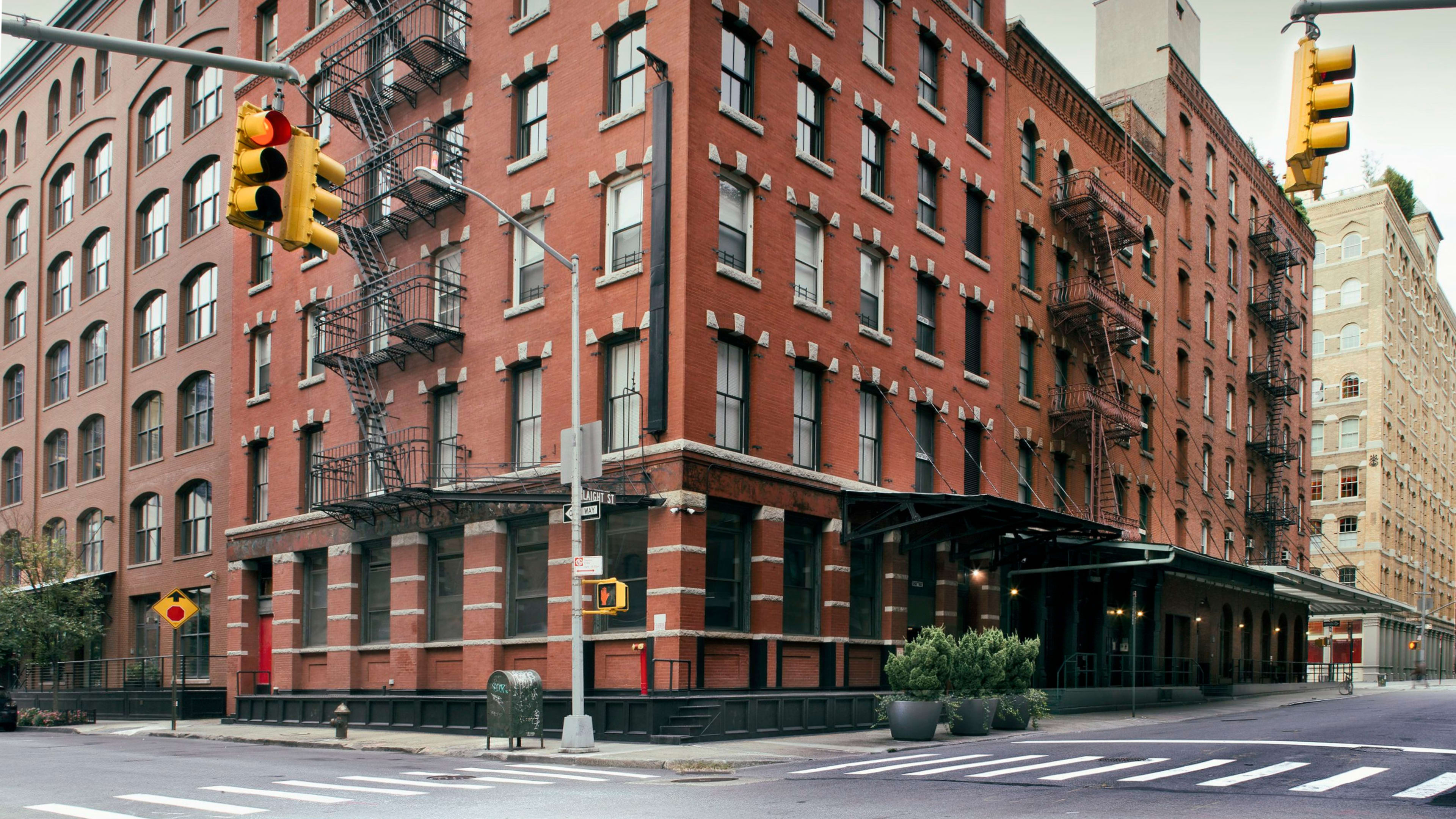On a typical walk through the residential corners of my neighborhood, I might go blocks before passing someone on the sidewalk. This weekend it was different: With everyone on lockdown but told that they could exercise outside, the sidewalks were full—and ironically, it was much harder than it would have been in the past to maintain the prescribed distance of six feet from people walking by.
The same is true in other cities. In New York City, where many sidewalks are already crowded on a normal day, the government is now working on plans to make some streets car-free to help give people room to safely walk. “There are many options,” Governor Andrew Cuomo told the city this weekend at a press conference, asking it to take 24 hours to come up with a plan to shut some streets down. “You have much less traffic in New York City because non-essential workers aren’t going to work. Get creative. Open streets to reduce the density.”

In some neighborhoods, streets running through parks would be easiest to close, says Jon Orcutt, communications director for Bike New York. (Central Park and Prospect Park are already largely car-free, but many other parks still have traffic.) The nonprofit Transportation Alternatives, along with Bike New York, also recommended that the city consider closing several other streets, including the New York City Marathon route, streets that are typically closed for the Summer Streets program, street fairs, and block parties, and streets in neighborhoods that aren’t in walking distance of a park. Near hospitals, traffic could be limited to emergency vehicles and healthcare workers.
In San Francisco, the advocacy group Walk SF has called for banning traffic on streets in Golden Gate Park. The changes pose some challenges for cities; Orcutt says that the City of New York, which has told some city staff to stay at home, is trying to figure out the basic logistics of erecting barricades and enforcing street closures right now. But the fact that the city is working on the plan is evidence of growing support for car-free streets in general. San Francisco recently banned private cars from Market Street; New York did the same on 14th Street.
“I don’t know how many people it will convert, but the fact is there’s already a lot of support for it,” Orcutt says. “There’s been some progress, like 14th Street, even under a mayor who isn’t really a hardcore advocate for this kind of stuff.” A new law will create a street master plan for the city that calls for much more pedestrian space and protected bike lanes. “Those plans are going to start to shape up over the next couple of years and the next mayor will have a huge opportunity to take that forward. I think we’re going in that direction, and if we weren’t, we probably wouldn’t be having quite this conversation we’re having today.”
Recognize your brand’s excellence by applying to this year’s Brands That Matter Awards before the early-rate deadline, May 3.
